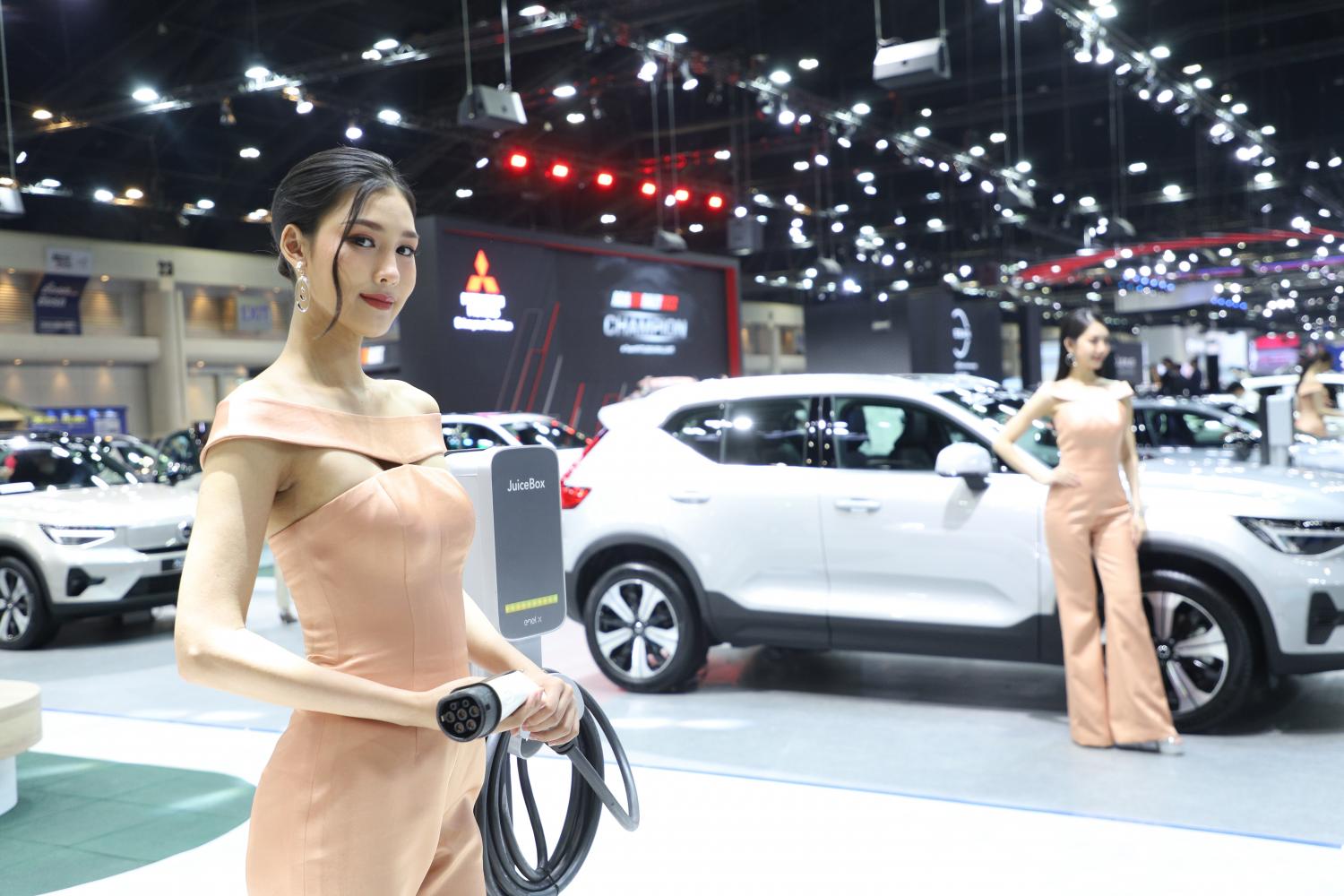The shift to cleaner transport is speeding up. Curious about where things stand right now, and what is coming next? This guide breaks down the key electric vehicles trends shaping 2025, from fresh models and faster charging to policy moves and battery breakthroughs. If you want the simple version, it is this: EVs are getting easier to own, cheaper to run, and quicker to charge.
By the end, you will know what matters, what to expect, and how to tell the hype from the helpful. The focus is on clarity and usefulness, with the most important electric vehicles trends explained in plain English.
2025 at a glance: adoption and market share
EV adoption is not slowing. It is widening.
- Global EV sales are set to rise by about 25 percent in 2025 compared to 2024.
- In China, EVs account for about half of all new car sales.
- In the United States, sales hit record highs in the first half of 2025, even with a small dip in the second quarter as supply and incentives shifted.
A useful way to see the momentum is to compare a few high-level markers.
| Indicator | 2024 Snapshot | 2025 Direction |
|---|---|---|
| Average new EV range | 282 miles | 293 miles |
| Global sales growth | Baseline | About +25 percent |
| China share of new-car sales | High and rising | Around half of all sales |
| U.S. sales trend | Strong | Record H1, slight Q2 dip |
These numbers tell a simple story. More people are buying EVs, cars go further per charge, and the model mix is broadening fast.
More models for every driver
Choice has been a barrier. That is changing. Carmakers now offer compact city EVs, family crossovers, premium saloons, and practical utes. Tesla remains a leader, but brands like BYD are competing hard on price and equipment, especially in Asia and Europe.
Why does this matter? Because real life needs options. A city commuter wants a small footprint and fast top-ups. A family driver cares about range, space, and charging on trips. Fleet managers look at total cost, uptime, and residuals. More body styles and price points mean buyers can choose the right fit, not just the only fit.
Three trends stand out:
- Longer base ranges: Even entry models now target 250 to 300 miles, which eases range anxiety for most daily driving.
- Efficiency gains: Better aerodynamics, heat pumps, and tyres reduce energy use and speed up road-trip legs.
- Competitive pricing: Falling battery costs help narrow the gap with petrol and diesel cars, especially when incentives apply.
Charging gets faster and smarter
Charging used to be the sticking point. It still matters, but the experience is improving.
- New ultra-fast DC chargers are rolling out on major routes, cutting stop times.
- More hubs place several high-power units in one spot, which reduces queues.
- Some networks now integrate solar or wind, and local battery storage, to lower grid strain and boost reliability.
- Vehicle-to-grid (V2G) pilots let parked EVs feed energy back during peak demand, then recharge off-peak.
For daily life, home and workplace charging remain the easiest and cheapest options. For trips, plan around hubs on trunk roads and motorways. As plug-and-charge features spread, sessions start automatically, which removes the faff of apps and cards.
Tip: check your car’s peak charge rate and the charger’s rating. The car controls the session. If your EV tops out at 150 kW, a 350 kW unit will not go faster than that.
Battery tech in focus for 2025
Battery progress is the engine behind most EV gains. Energy density and fast-charging performance keep improving, and prices keep easing. The average new EV range has nudged from 282 to 293 miles in a year, which reflects both better cells and smarter thermal control.
Solid-state batteries get headlines. Most drivers will not see them in showrooms this year, but the research is moving from labs to pilot lines. Expect safer chemistries, higher energy density, and faster charge acceptance over time. For a clear overview of what is coming, see these Innovations in electric vehicle battery tech.
Lithium iron phosphate (LFP) packs are also gaining share. They cost less, use no nickel or cobalt, and allow frequent charging to 100 percent without heavy degradation. For city cars and fleets, LFP often gives the best value per mile.
Total cost of ownership and incentives
Sticker price still grabs attention, but running costs decide the long game. Electricity is usually cheaper than fuel per mile, servicing is simpler, and brakes last longer thanks to regen. Tyres and insurance vary by model, so compare like for like, not averages.
Incentives help close the upfront gap. In the United States, buyers can access up to $7,500 off a qualifying new EV at the point of sale, depending on income, vehicle price, and battery content rules. Other regions offer grants, company-car tax breaks, or free parking. Check your local rules, since thresholds and eligibility change each year.
For fleets:
- Predictable costs: Energy contracts and smart charging make budgeting easier.
- High utilisation: Depot charging keeps vehicles in service with minimal disruption.
- Residual value: Clear battery health reports support remarketing and financing.
Sustainability beyond the tailpipe
EVs cut tailpipe emissions to zero. The bigger picture looks at how the car is built, charged, and recycled.
- Factories are shifting to renewables and cleaner processes, which lowers production emissions.
- Charging with clean power magnifies the climate benefit over the car’s life.
- Closed-loop battery recycling recovers materials like lithium and nickel, which reduces the need for new mining.
- Second-life storage gives retired EV packs a useful role in grids and buildings before final recycling.
You can make a difference too. Charge on off-peak tariffs, pick green energy if available, and keep tyres at the right pressure. Small habits add up across millions of cars.
Policy and supply chain realities
Regulation sets the pace. Many governments have targets to phase out new petrol and diesel sales in the next decade, which pushes investment into EVs, batteries, and charging networks. Funding is flowing into public chargers, rural access, and heavy-duty corridors.
Supply chains are also resetting. Battery plants are opening closer to end markets to reduce shipping and meet content rules. That brings jobs and cuts lead times, but it can cause short-term bottlenecks as production ramps. Expect occasional delivery delays or trim changes as manufacturers adapt.
What to watch next
Want a quick checklist for the rest of 2025?
- Price parity moments: Keep an eye on compact crossovers and saloons that match petrol models on monthly payments.
- Faster road-trip stops: More 250 kW and 350 kW chargers along motorways, with better uptime.
- Battery options: LFP for value, high-nickel or next-gen chemistries for long range and towing.
- Smarter software: Native route planners that factor charging, weather, and traffic into reliable arrival times.
- Grid integration: V2G pilots scaling from neighbourhoods to fleets, with fair payments for stored energy.
Practical buying tips for 2025
If you plan to buy this year, match the car to your life, not a brochure claim.
- Daily miles: Pick a range that covers your week without stress. Most people drive less than they think.
- Charging mix: If you have home charging, you can size down the battery and save money.
- Long trips: Test the built-in route planner. Good software beats a large battery on many journeys.
- Warranty and health: Check the battery warranty terms and availability of state-of-health reports.
- Total cost: Compare finance, energy tariffs, servicing, and insurance over three to five years.
Conclusion
The road to Green 2025 is not a straight line, but the direction is clear. EVs are gaining range, charging is quicker, and prices are softening as production scales. Policies and smarter grids are pushing in the same direction.
If you strip away the noise, the most important takeaway is simple: owning and running an EV is getting easier by the month. Thinking of switching this year? Set your budget, map your charging, and pick the model that fits your life today, not a promise for tomorrow.














